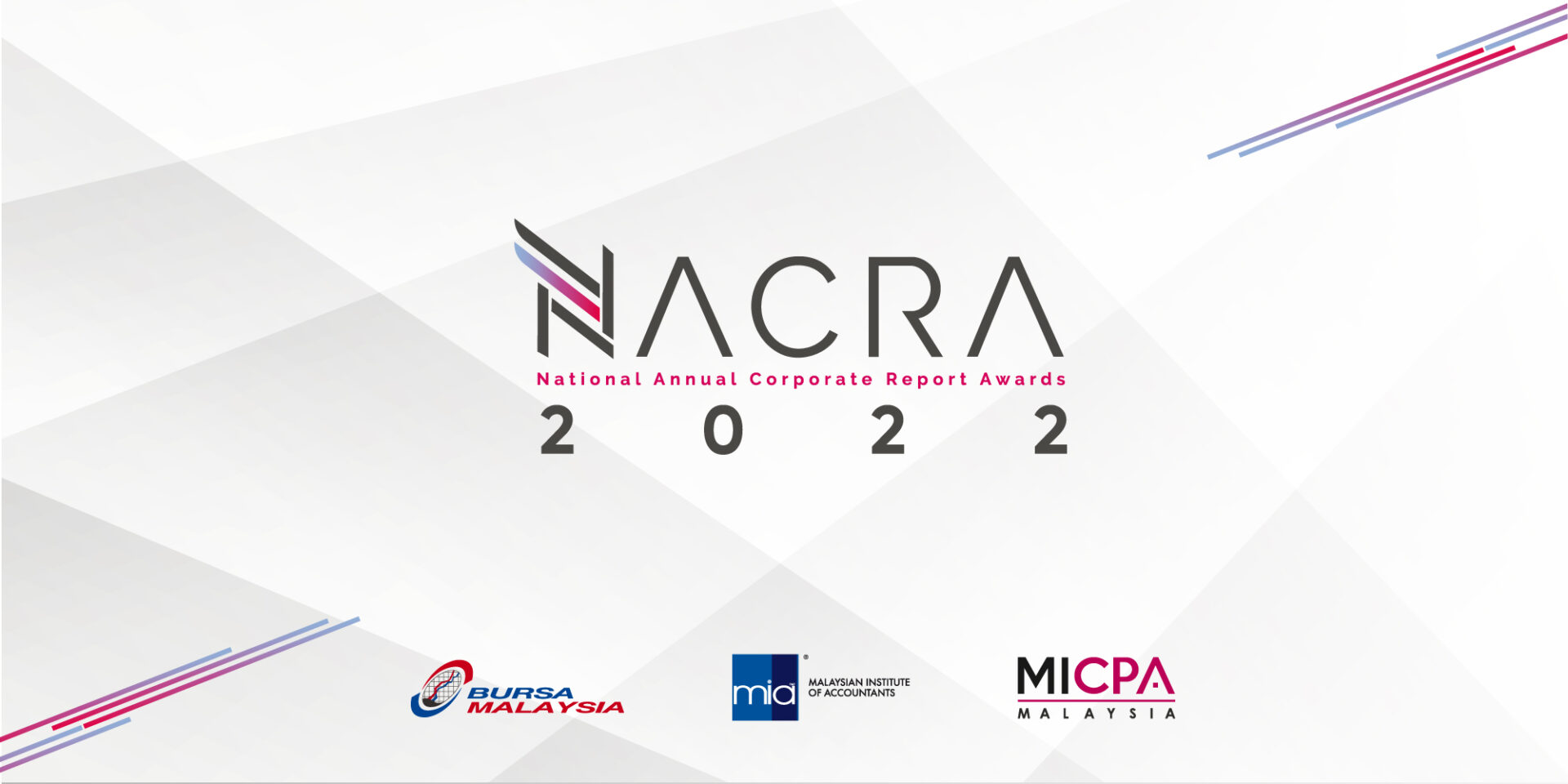By Johnny Yong & Jenny Chua
Six Essential Factors When Shaping the Technology Agenda
How do you then shape the technology agenda of your firm to build the right capabilities and deliver outcomes that fuel your firm’s competitive advantage? Since most SMPs are running on a tight operational budget, here are six essentials to consider in delivering the firm’s differentiated results over time:
![]()
Some questions to ask: What is the unique value proposition the firm is creating for clients and other stakeholders? What are the few things the firm needs to be great at in order to deliver that value? Can technology assist the firm to excel at those differentiating capabilities and what are the capabilities? Having clear and concise answers to these questions will help SMPs to prioritise outcomes and technologies that advance the firm’s unique value proposition as compared to piecemeal tech upgrades that are not integrated into the way the firm actually operates.
![]()
Not every problem needs a complex technology solution. Often the best solution requires a multi-pronged strategy, i.e., leveraging on big technology platforms with simpler “small tech” automation and processes, new policies, and even staff behavioural changes. The key is to have a portfolio of solutions that delivers outcomes faster and cheaper wherever and whenever possible, and to budget future funds to support bigger investments that can deliver more pervasive and comprehensive transformation.
![]()
Whilst the bigger aim is to create amazing outcomes for clients, SMPs do not have to perform everything in-house or produce their own unique solutions. Opportunities for innovation are rapidly growing as tech companies constantly bring new technological capabilities to the marketplace. Do not be afraid to integrate or leverage on technologies currently offered by others. Customise and innovate only when it leads to true competitive differentiation — and more importantly, where that differentiation is something clients are willing to pay for. This is where the measurement of return on investment will make the most business sense.
![]()
Delivering a desired outcome will require more than just systems implementation. It will take changes in roles, processes, policies, workflows, skills, incentives, behaviours, and data. Especially for bigger investments, the firm will probably discover that having a multi-disciplinary team is critical in shaping the outcomes targeted by technology while realising the full value of the investment. These outcome-oriented teams bring together the right skills and talent from within the organisation and focus on clear deliverables that drive value for the benefit of clients.
Getting the right team at the right size from the start is paramount, although assembling such internal talent to handle the technology transformation can be challenging and daunting for smaller SMPs due to an inherent lack of staff (one solution is to consider outside support). It is also important to ensure that the knowledge, built over time within the said team, is retained through documentation. We have often heard about technology that was adopted by the firm and subsequently abandoned, simply because the people conversant with it were no longer working there.
![]()
There is an adage that working with people is always the most difficult task. Unfortunately, it is true to some extent. Engaging people who will be using the new technology and upskilling them will be one of the most challenging and time-consuming tasks of the firm, albeit the most critical.
Besides making people comfortable in using the technology, for example teaching them how to use remote working tools effectively, equally as important is getting people excited about working in the new way (such as being comfortable in managing and motivating their teams remotely). Working with people to change their daily activities and workflows with technology must be properly planned. In the course of implementation, they will become accustomed to the underlying system. It is important to show employees what is in it for them, i.e., how this will enrich their jobs and allow them to connect to the mission and vision of the organisation.
Failure in technology implementation is often due to the inadvertent loss of the original narrative linking the tech investment to the firm’s value proposition during the implementation process. Hence the right tone from the top of the firm’s hierarchy must be constantly reinforced to perpetuate the right narrative.
![]()
Most business cases for tech investments focus almost entirely on efficiency improvements such as headcount savings from performing tasks faster with less human intervention, or a reduction in the cost of doing business itself. Nevertheless, it is acceptable to be more ambitious and move beyond efficiency as the technology investment cycle intensifies. SMPs are encouraged to ask questions such as: “How will the investment change success in client acquisition and/or retention? How will it improve the firm’s insights and help to better deliver the value proposition to clients?”. Forthright answers will guide the firm through the next investment cycle as most tech investments will not be one-off.
Conclusion
As SMPs attempt to form a convincing narrative about the benefits of technology adoption (starting with the management of the firm and staff), the assembled team must eventually be held accountable for delivering that value to the firm. No longer should success be measured by whether the system “goes live,” but by whether the investment drives a change in expected outcomes for clients and other stakeholders. Defining clear, fact-based measures is not easy but without them, the firm is operating on a wing and a prayer, hoping for a positive rate of return on the back end of a technology bet.
After thoroughly working through the six areas above before engaging in any significant tech-related project, SMPs will be better prepared to take on the investment by focusing on outcomes that matter the most and raising the return on those investments (anything within three years is feasible). Making technology the new pulse of the firm’s operations will fuel the practice forward, post-pandemic. A 2020 article from IFAC, “5 Steps to Consider When Making Technology Investments”, provides additional guidance to SMPs on how to conduct a meaningful cost-benefit appraisal on technology investments and some of the pitfalls to avoid.
So SMPs, are you ready to take the plunge on technology? As you forge ahead in the new year, it is perhaps time to tame the tiger and take it home. All the best.
Johnny Yong is Head of Capital Market and Assurance of MIA’s Professional, Practices and Technical Division. Jenny Chua is Head of Small and Medium Practices of MIA’s Professional, Practices and Technical Division.







